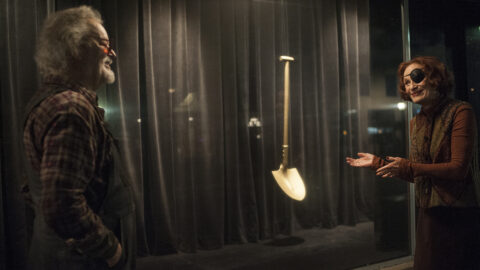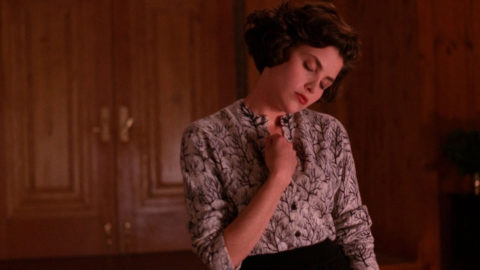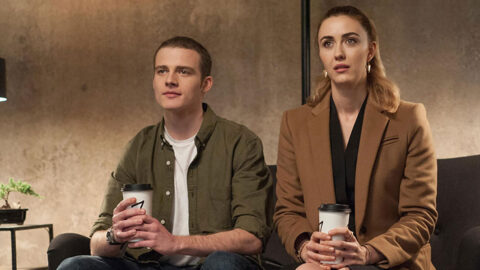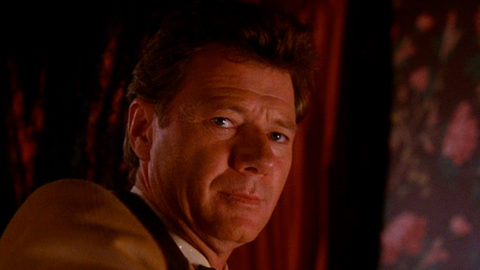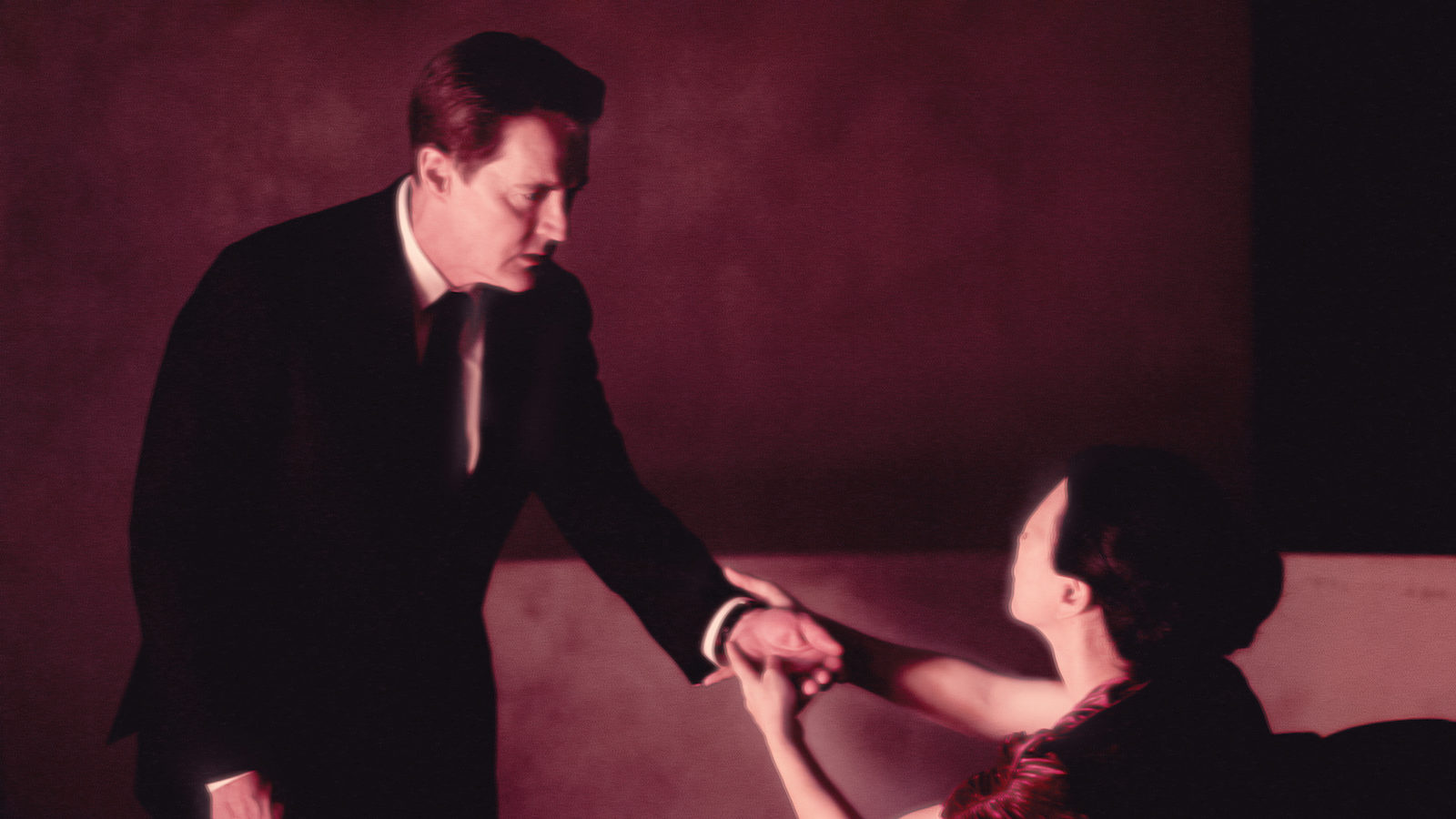
Now It’s Dark
Twin Peaks: The Return
Time present and time past
Are both perhaps present in time future
And time future contained in time past.
—The Four Quartets, T.S. Eliot
“When you get there, you’ll already be there.” One of the most haunting lines of television, ever, is uttered shortly before Agent Dale Cooper (Kyle MacLachlan) reenters earthly dimensions in Twin Peaks: The Return. After being trapped in the Red Room for (presumably) the last 25 years, he falls through the floor, passes through a black glass box in a New York City high-rise (an inter-dimensional wormhole?), and finds himself in the Purple Room: a Romanesque dungeon suspended between an endless sea and hazy constellations. The line is spoken by the second supernatural woman Cooper encounters there—the first seemed to sacrifice herself in order to protect his safety, plummeting into a cosmic abyss that signaled to the great existential void each episode of the show appears to orbit. She speaks with a cadence like the backwards speech of the Red Room inhabitants and sits near two elements very familiar to the Twin Peaks universe—a blue rose and fire—but the environment around her bears absolutely no resemblance to any of the images wrought in the original 1990-91 series.
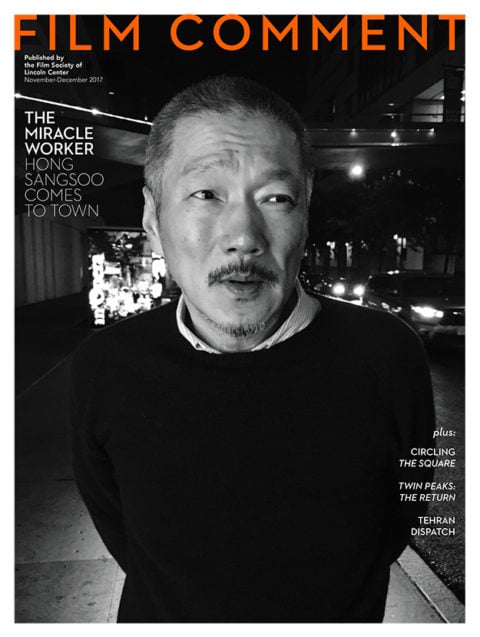
The return of Twin Peaks in 2017 came like a Taser shock to the “golden age of television,” overturning audience expectations for what Twin Peaks—and TV—could encompass, both in narrative and form. In what is ostensibly the series’s quarter-century-postponed third season, co-writers David Lynch and Mark Frost resurrect some of the first two seasons’ beloved characters: the Great Northern Hotel’s Audrey Horne (Sherilyn Fenn); the Double R Diner’s Shelly Johnson (Mädchen Amick) and Norma Jennings (Peggy Lipton); Lucy Moran (Kimmy Robertson), Andy Brennan (Harry Goaz), and Hawk (Michael Horse) from the sheriff’s office; the FBI’s Gordon Cole (Lynch) and Albert Rosenfield (Miguel Ferrer); after a fashion, the Log Lady (Catherine E. Coulson); and eventually, Cooper and Laura Palmer (Sheryl Lee). But the scope of the new show, which takes place in Twin Peaks, Las Vegas, South Dakota, and other familiar and new extra-dimensional territories, makes a strange, nebulous backdrop for a messy, elliptical narrative that doesn’t exactly pick up where Season 2 left off. The implied theme of “returning”—of Agent Cooper to the place and time where the second season abruptly ended; to the original trauma at the dark heart of the Twin Peaks universe, so that there might be an opportunity for closure—was kept in continued abeyance by Lynch and Frost. With its narrative fissures and variety of abstract mise en scène, The Return has blown established forms of television wide open and generated some of the most sublime digital artwork of all time.
In the first two seasons and the prequel feature Twin Peaks: Fire Walk with Me (1992), it was revealed that precocious teenager Laura Palmer had been killed by an intangible, sometimes visible evil spirit called Bob (played by Frank Silva, the show’s set dresser). However, the investigation of her murder led by local sheriff Harry S. Truman’s team and FBI Agent Cooper excavates dark secrets about their surroundings, prompting more questions even after the case was closed. Bob, who travels between dimensions and feeds off human pain and sorrow (“garmonbozia” in Peaks language, which looks like fetid creamed corn), had inhabited the body of Laura’s father Leland (Ray Wise) and forced him to violate his daughter for years until he finally ended her life in a savage blood-soaked attack. Bob kills Leland just as he comes to realize what he’s done in a holding cell. At the end of Season 2, Cooper becomes possessed by Bob, taking the intangible evil force he had been tracking into himself.
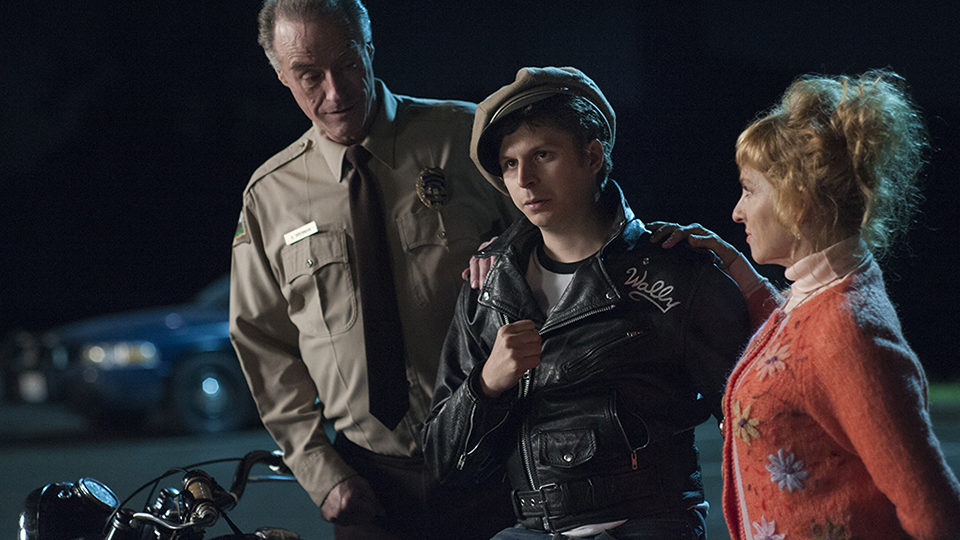
Twin Peaks: The Return
These pre-Return episodes, although full of extra-dimensional nightmarish surrealism, were anchored in clearly delineated—if bizarrely conceived—dichotomous spaces of Good (Cooper, the White Lodge) versus Evil (Bob, the Black Lodge). While Twin Peaks was a liminal passageway into these other supernatural realms, it was depicted with a rosy mid-century nostalgia and warmth that’s also evoked in Angelo Badalamenti’s theme song. The cozy, insular town and its unique, proud inhabitants were all presented by Lynch with incredible tenderness and care. There is a parallel in the way that former FBI agent Windom Earle, who gained access to the White Lodge, talked about his experience there (“Once upon a time, there was a place of great goodness, called the White Lodge…”) and the way the town is depicted. Earle went on to say that, “…our story does not end in this wretched place of saccharine excess. For there’s another place, its opposite.” On the one hand, basking in a wholesomely good time and place, replete with coffee and donuts, country ham and maple syrup; and on the other hand, trying to ascertain an insidious source of evil that makes people commit more and more horrible acts, were the defining poles of the original Twin Peaks.
In The Return, Lynch and Frost sustain a touch-and-go game of perpetuating and disrupting the Twin Peaks mythology. It feels like a haunting déjà vu where time, place, and identity seem at once eerily familiar and completely out of joint, the polarity of good and evil have diffused into each other, and Bob-possessed Cooper now coexists in the same time-space continuum as regular Cooper. Visual and narrative disruptions come in the form of entire episodes that unfold like visual tone poems with little if any dialogue, loaded with faint clues, signifiers, and narrative derailments left unresolved. These ruptures do not come from a cruel desire to manipulate or deny audiences, but instead show the impossibility of reconciliation after such grave evil, as manifested in Bob, has been released into the universe and becomes a point from which destruction continues to spiral out. In the words of the Log Lady/soothsayer to Laura in Fire Walk with Me: “When this kind of fire starts, it is very hard to put out. The tender boughs of innocence burn first, and the wind rises, and then all goodness is in jeopardy.”
Cooper comes back to earth in episode 3 in the body of a rotund gambling racketeer in Vegas named Dougie Jones (a bronze-smeared and bewigged MacLachlan). In a cosmos defined by numerology, his arrival in this third episode marks the completion of a triplicate identity consisting of Dougie-Cooper/evil Cooper/Agent Cooper. Stretching across three U.S. cities, existence in The Return is often refracted into threes: Gordon and Albert are joined by Agent Tammy Preston (frequent Lynch collaborator and composer Chrysta Bell) on their new blue rose investigation; Lucy and Andy now have a teenage son named Wally Brando (Michael Cera); the offbeat side characters in Dougie’s world, the three Detectives Fusco; Candie, Mandie, and Sandie; and the list goes on. The machine that allows Cooper to pass through from the Purple Room into Dougie’s body has a large “3” printed on it, and when Dougie-Cooper arrives, the time is about 3 p.m. in Vegas, when evil Cooper begins to puke out garmonbozia in his car in South Dakota. On a macro level, the theme of trios transpires in a Garden of Earthly Delights–like organization of examining waking, sleeping, and dreaming; the seen, unseen, and unseeable; and time, identity, and place.
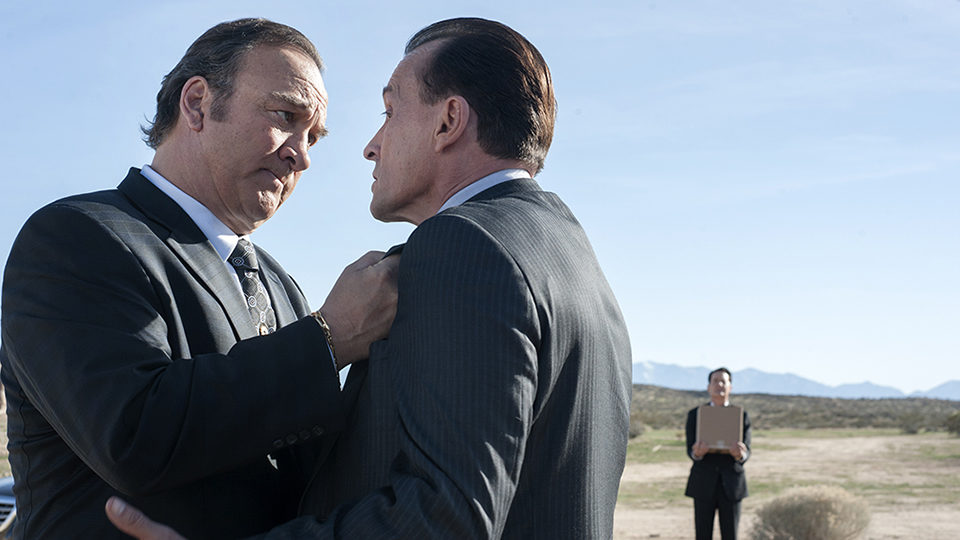
Twin Peaks: The Return
Episode 8, the most oblique and experimental in the series, features a heavy dose of strobing and archival black and white footage showing the first successful atom bomb testing in New Mexico—an operation code-named “Trinity” by the father of the atomic bomb Robert Oppenheimer—in 1945, the year before Lynch was born. Playing out in slow motion, the picture is grotesque, terrifying, rapturous, and uncanny. A blown-up still of the image is also displayed on the wall behind Gordon Cole’s desk. The Log Lady’s warnings about fire come to mind again, as the scenes display the element’s role in the advancement and destruction of human civilization. It was humanity’s gradual understanding of fire, heat, and energy that improved industrial progress until the splitting of an atom—that most basic unit of existence—created the weapon that caused hundreds of thousands of deaths in an instant, the alienation of humanity from nature, and the fracturing of individual identity in postwar America. Fire led humanity into darkness, and the atomic bomb, like Bob, is a symbol for the gravest evil, the show’s inexorable, invisible leitmotif.
The theme of existential void and absence also runs deep throughout The Return, and its representations range from playful to poignant. Michael J. Anderson, who plays the Man From Another Place, aka The Arm, was subbed in by an adorable tiny leafless tree, while Agent Phillip Jeffries, played by David Bowie in season 2, was reincarnated as a massive talking teakettle. With the knowledge of her terminal illness, Catherine E. Coulson shot her scenes as the Log Lady in advance, which overlays her wistful, poetic phone conversations with Hawk with even more sadness. Playing Carl Rodd, Harry Dean Stanton, who passed away shortly after the season aired, softly croons “Red River Valley” on an acoustic guitar outside his trailer park: “From this valley they say you are going. We will miss your bright eyes and sweet smile…” in an unspeakably melancholy scene.
In episode 12, T.S. Eliot’s The Four Quartets rests on Audrey Horne’s bookshelf next to a memoir by Jackie O’s sister, unironically titled Happy Times. The four poems in this book seem to be directly referenced throughout The Return: Kafka-esque waiting, “I said to my soul, be still, and wait without hope”; addressing evilness in humanity, “And that, to be restored, our sickness must grow worse”; and fragmentation of time, “The past and future. Are conquered, and reconciled.” Eliot—that preeminent poet of the fractured, disharmonious self—references the Hindu scripture Bhagavad Gita that contains the line “Now I am become Death, the destroyer of worlds” famously quoted by Robert Oppenheimer in reference to his 1945 bomb test. In the original Twin Peaks, masked characters and hidden identities were symbolic of fractured identity and have always been a sign of evil: Bob does not allow Laura to see her father when she’s being violated; Audrey Horne is almost molested by her father while she’s dressed up and masked in the Black Lodge; Catherine Martell’s (Piper Laurie) ludicrous vaudeville performance as a Japanese salesman leads to all kinds of trouble. In The Return, this evil has no face or mask, and nothing is as it seems. Lynch uses superimpositions to convey this hallucinatory experience of time and space, most notably in the penultimate episode when a still close-up of Cooper’s face is layered onto approximately the following 30 minutes. Cooper eventually finds Laura, but she has become someone completely different, and neither of them knows what year it is anymore. The only certainty is that evil continues to exist in the universe.
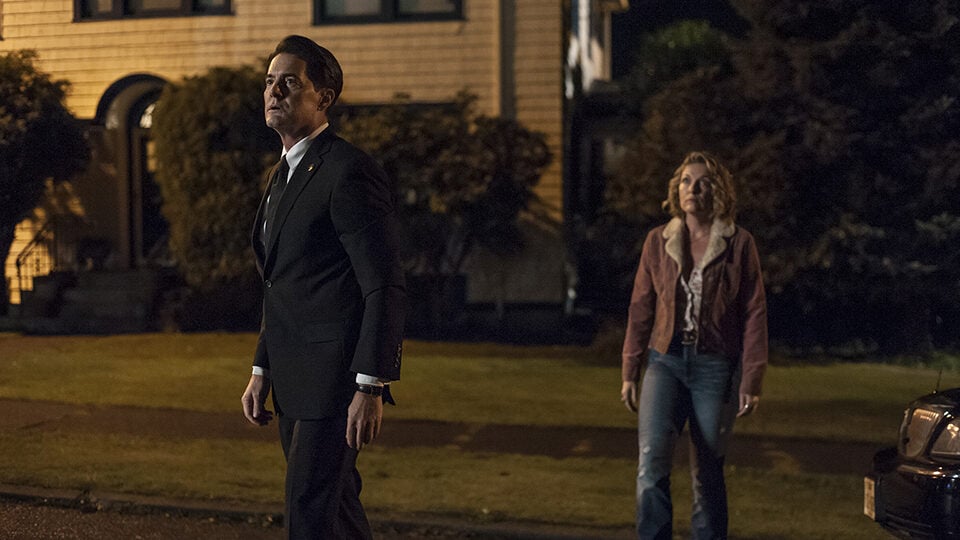
Twin Peaks: The Return
The Return is Lynch’s second major foray into digital filmmaking since Inland Empire (2006), and it’s a deep dive into its technical specificities. Images (shot by DP Peter Deming) are composed with an array of experimental techniques, from whimsical special effects like the animation of The Arm, or the little Red Room avatar that floats around in the casino, to the expressive employment of digital glitching, stuttering, strobing, and artifacting, which also act as forms of stylistic disruption. He puts filters on monochromatic images that make the digital image appear as though it’s simultaneously from the past and future. With these techniques, Lynch gives shape to the void, and draws beauty from a hellish, dark atmosphere. (He’s even recommended watching the screen differently, “as close to your eyes as you can get [it], and use headphones. Turn the lights down.”) The true haunting quality of the show comes from Lynch’s uncanny ability to create images that are at once unlike anything that has come before and at the same time feel like unearthly ur-images from another world. It is an 18-episode déjà vu that affixes a whole world of meaning to the line, “When you get there, you’ll already be there.”
Closer Look: Showtime will release Twin Peaks: The Return on DVD and Blu-ray on December 5.
Aliza Ma is a New York–based programmer and writer specializing in Asian cinema.



